The sleeping viking under Kronborg Castle has been known throughout Danish history. Holger Danske is a story told in every Danish household and taught in every Danish upbringing. Today, the statue has become a popular site for tourists and natives alike.
Why It’s Newsworthy: Since the 13th century, Holger Danske has been a symbol of Danish national pride. Tourists from all over the world can learn about Danish heritage all the while connecting the tale to their own country and upbringing.To some, exploring historical Denmark is a brand new experience but not for Marjorie Moss. The American tourist is one of several hundred thousand tourists that visit Kronborg every year. She believes that “walking in the footsteps of other people from the past” is a vital experience for tourists. While the history excited her, there was actually another reason for her visit.
“When I was in college, my major was English, and I also have a master’s in English. To me, that was really fascinating that Shakespeare … used [Kronborg Castle] as his inspiration for [Hamlet],” Moss said.
Kronborg Castle is also famously known as “Hamlet’s Castle.” Hamlet being inspired by Kronborg, alongside the tale of Holger the Dane, is a popular draw of the site.
Danish Upbringing
Ulrik Engel, a husband, father and Copenhagen local, believes himself to be a true Dane at heart. From making a special pork during Christmas to brewing beer for Easter, Engel is rooted in his Danish heritage and intends to raise his three children with those same traditions.
“I don’t think we give it so much thought. We just … do it,” said Engel.
Engel illustrates that Danes don’t put much thought into their way of life. To them, it is simply a part of themselves.
“I’m now also teaching my children. … We get together, we do this on this specific day. And this is something that my mom and dad told me that we used to do,” Engel said.
Not only does he illustrate the food and drink side of Danish culture, he also demonstrates its folklore. Between sharing the story of Holger Danske and taking his kids to Kronborg to see Holger, he is keeping his family’s Danish heritage alive.
“Here, the history goes back so long, and you can really trace it a long time. … I think that’s important,” said Engel.
The Sleeping Viking
“Something Danes are very proud of is the Viking Age. … that’s just the history of the culture of the people and something we’re very proud of,“ Engel said.
But what is another symbol that practically all Danes are familiar with? The national flag? Yes. The coat of arms? Also, yes. Still, Holger the Dane, or Holger Danske, is something more than a Danish identifier.
If you were to visit the Kronborg Castle in Helsingør, Denmark, you could find yourself face-to-face with the viking. Through the gate, into the castle grounds and down to the casemates sits an enormous statue of Holger Danske.
The casemates may best be described as the castle’s basement. It was originally used as a bomb shelter for soldiers, with small windows that allowed the soldiers to fight with cannons and other weapons. The maze-like pathways were the perfect setting for an old, mysterious legend.

In the cold, dark underground, spotlights slowly fade on and off, highlighting Holger’s face, shield and sword.
Moss recounts her experience in the casemates: “It was very dramatic. … it’s so quiet down there, but you know, he’s this conqueror.”
The physical representation of Holger is not only something to experience with your eyes but something to feel with your mind and body. The details on his body demonstrate his strength and intimidation.
Poul Grinder-Hansen, a senior researcher at the National Museum of Denmark, is an expert on Holger Danske and the Kronborg Castle.
Grinder-Hansen gives a vivid retelling of the tale.
“[It is] the idea that some ancient hero is sitting somewhere underground, sleeping, waiting, but at some point, if danger occurs and the countries have enemies approaching, he will wake up from his sleep and come to the defense,” Grinder-Hansen said. “The main idea … is a thing you will also find in other countries in Europe.”
In the casements, you will find a room to the right of Holger’s statue with reflective images on the wall. These images show other countries’ versions of Holger’s tale. While every story is different, Denmark’s version uniquely shows Danish heritage through the image of a viking.
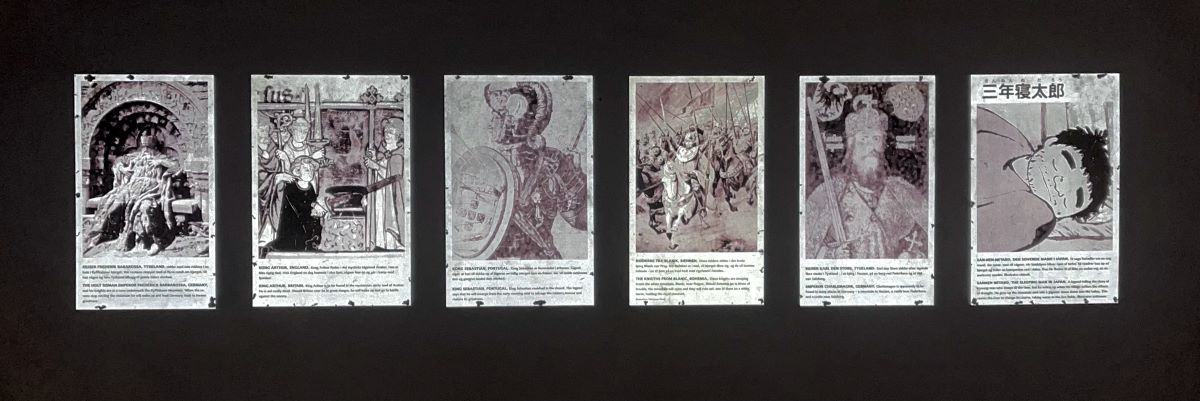
“I think [folklore is] very relatable for people. I think people can come and learn about that part of culture and maybe connect it back to … things in their own culture,” Moss said.
As a tourist, she believes that being able to connect something foreign to your own culture and community is very valuable but also enhances the traveling experience.
Holger’s History
Holger Danske was originally thought to be French due to his name in early French epics, but eventually came to be known as a Danish hero.
“Stories have been written down, and songs have been written down, telling episodes from the life of Holger so he was kept in the minds of people. They knew who he was and connected him with great deeds,” Grinder-Hansen said.
Though Holger Danske had been known for many centuries prior, it wasn’t until 1757 that Kronborg became the setting for Holger’s legend.
“This castle situated. . . where all of the ships sailed by. And all the ships passing could look at this. … Danes also saw this old castle as a kind of Danish national symbol, and therefore it was perhaps an obvious thing to combine two national symbols, Holger the Dane and Kronborg,” said Grinder-Hansen.

To the Danes, Holger is a symbol of strength and national pride, so much so that a World War II resistance group coined themself “Holger the Dane.” The group was one of the largest and most successful of the time and played a vital role in Denmark’s survival of the war. After the fact, the group presented the statue of Holger with their trademark armband, thanking the viking for his service and inspiration.
Present-Day Kronborg
Today, Kronborg is used solely as a tourist attraction, complete with a gift shop and multiple stand-ins for pictures. Despite being modified for visitors, the castle exudes grandeur and history.
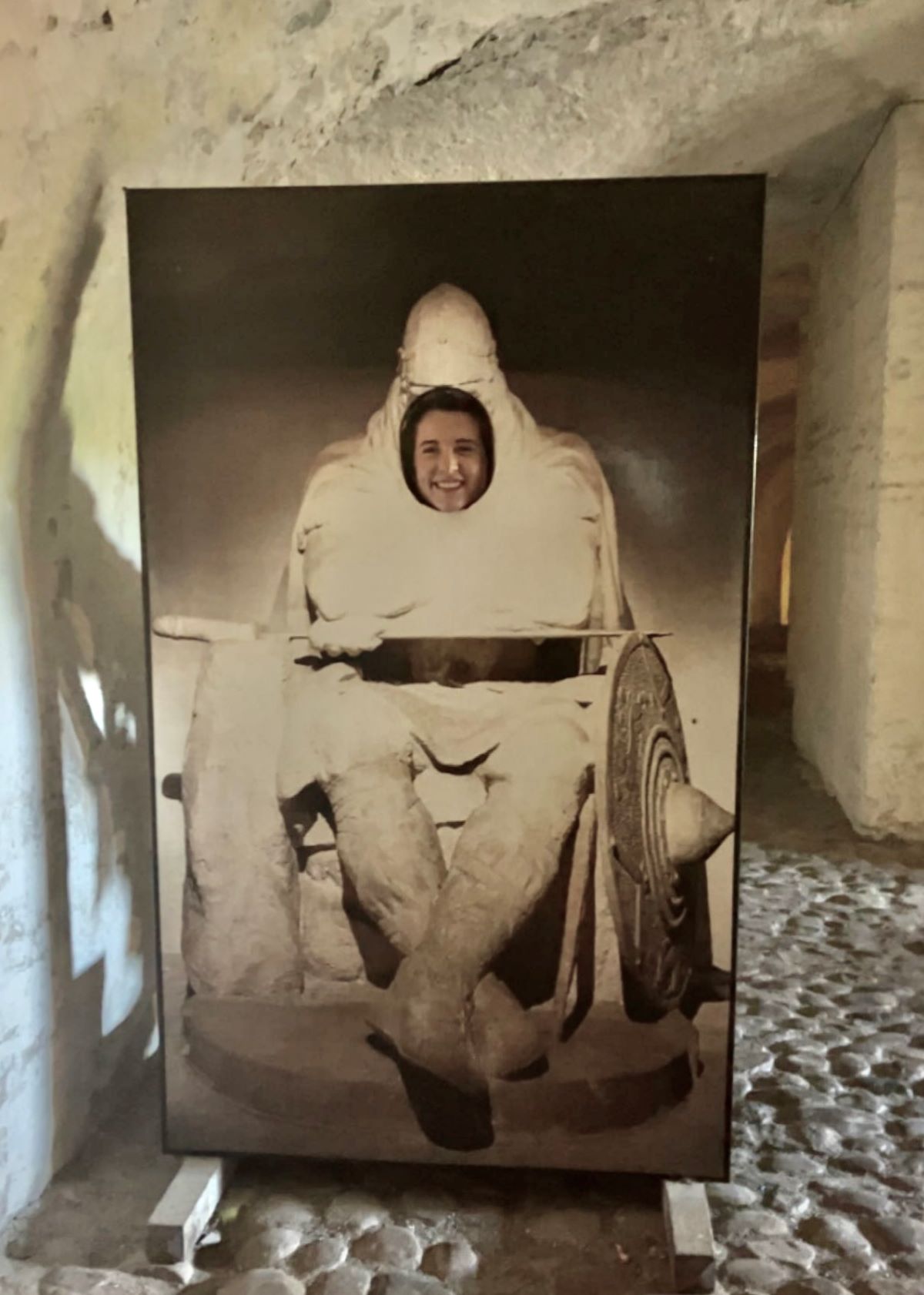
“I would say definitely come visit Kronborg just to see the structure itself, how imposing it is and to learn about its purpose as a fortress. … I think there’s some value in just learning about another country’s stories,” Moss said.
Being associated with literature, history, folklore and national pride, Kronborg serves as a must-see location for tourists and locals alike. Still, the legend of Holger the Dane reigns, and every visitor must heed the warning to not wake the sleeping viking.
Leighton Dancy is a junior majoring in journalism.


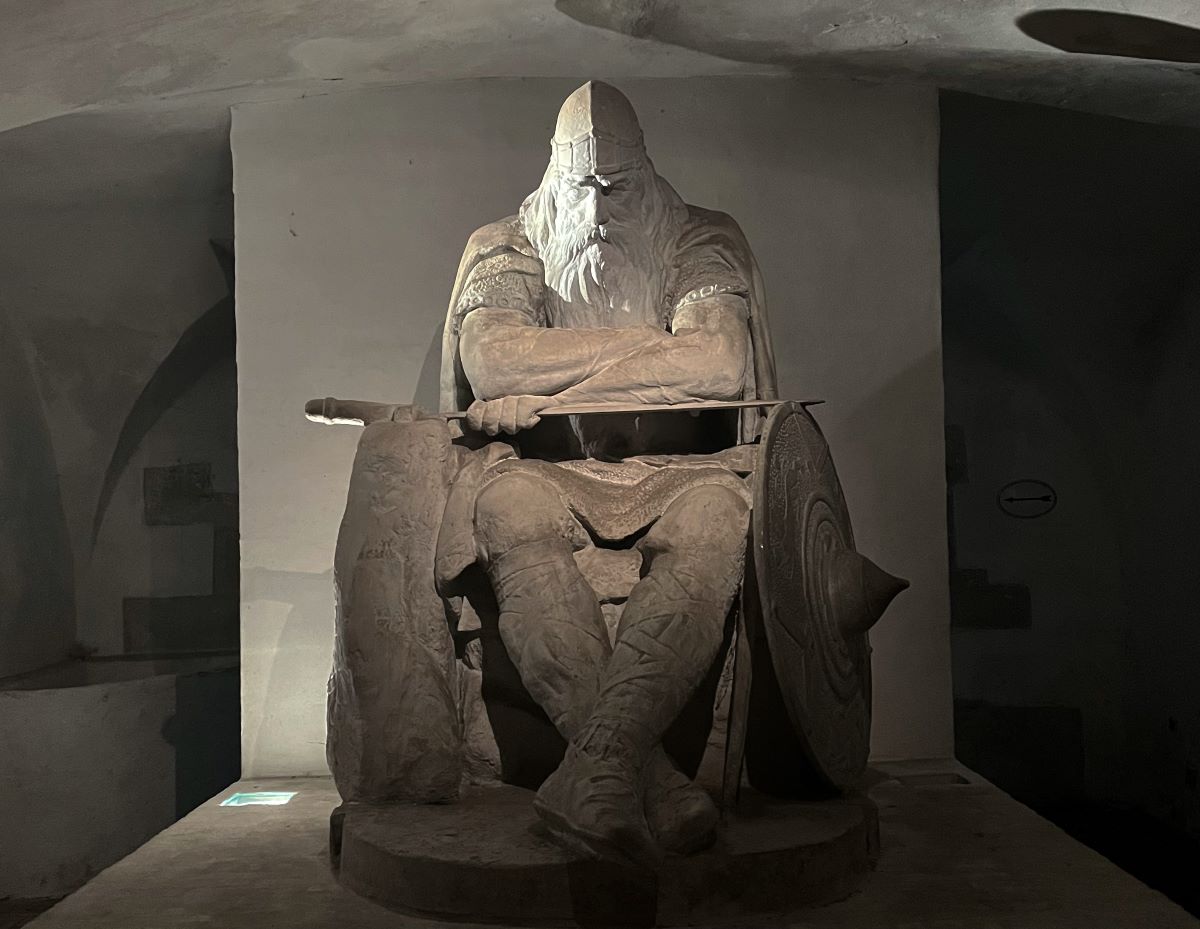
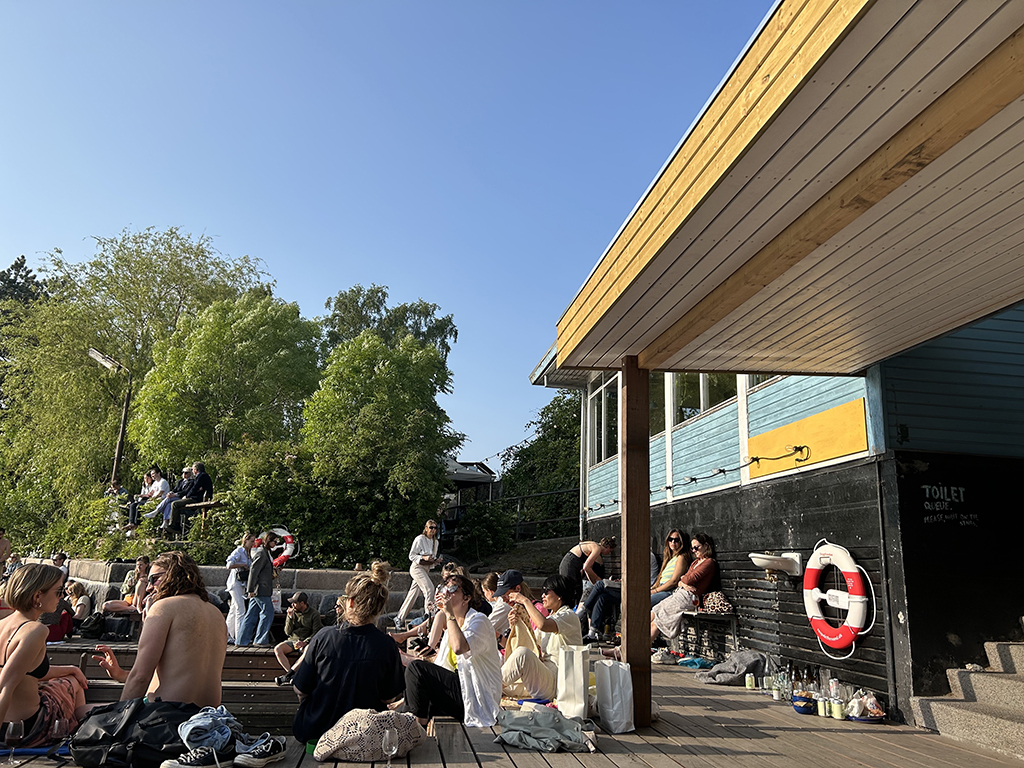
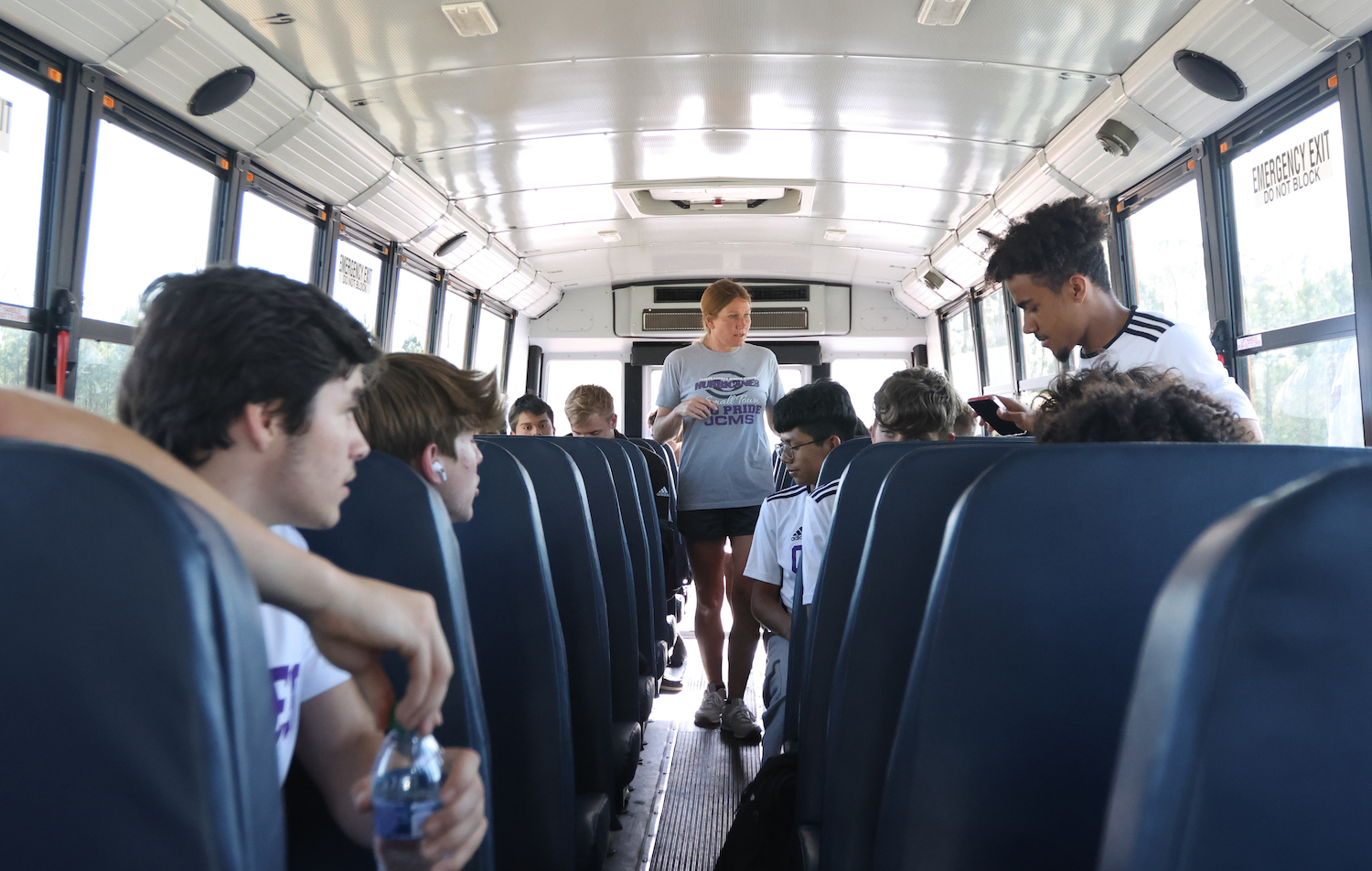




Show Comments (0)